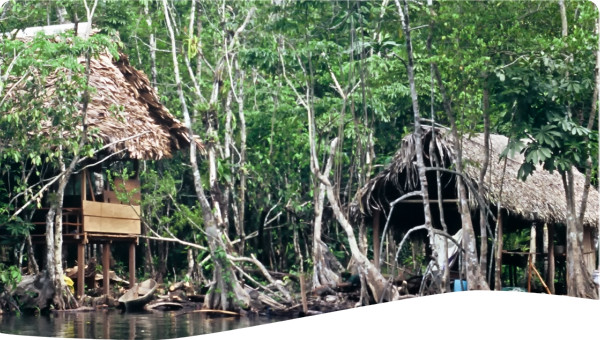In addition to ratifying the UNDRIP, countries may incorporate in law the need to perform cumulative effects assessments (CEA) for any projects and actions that may affect the environment and the way of life of indigenous communities. Cumulative effects assessment is the process of systematically analysing and evaluating cumulative environmental change (Smit & Spaling, 1995). CEA may be used for various purposes. It is typically considered an information-generating activity using research design and scientific analysis approaches (Bedford & Preston, 1988; Smit & Spaling, 1995). It can also be seen as a strategy for using planning concepts and methods to find the preferred order of a collection of resource allocation alternatives. This methodology brings together cumulative impacts evaluation with regional or comprehensive planning (Hubbard, 1990;Smit & Spaling, 1995). In addition to the analytical functions of information gathering, analysis, and interpretation, CEAincludes value framing, multi-goal orientation, and participatory decision-making.
Therefore, CEA established a proxy to assess how indigenous people have lost the capacity to utilise and engage in certain activities related to an environmental resource. CEA constitutes a robust and comprehensive review of whether indigenous rights have been honoured and provides the groundwork for identifying areas where reform is necessary to realise those rights. Examples of cumulative effects that the CEAs may address include (Government of Canada, 2012):
-
Aquatic Species: Destruction of the shoreline as a consequence of repeated physical actions resulting in the elimination of several patches of a marine plant.
-
Socio-Economic Conditions: Environmental consequences from several physical activities resulting in the decrease of a bivalve population upon which an Indigenous community relies on for revenue.
-
Physical and Cultural Heritage: Damage caused by repeated physical actions to locations involved with the production of legends, ceremonial events, personal vision quests, etc.
-
Current Use of Lands and Resources: Effects on the use of traditional fishing grounds as a consequence of diverse physical activities that reduce fish population.
-
Archaeology: Disturbance of an archaeologically important site resulting from several physical building activity.
There are five steps required to conduct a cumulative effect assessment (Government of Canada, 2012). They are:
-
Scoping: The first stage is defining the scope of the evaluation. This begins with the identification of environmental elements that may be impacted by the proposed project or reform and are thus included in the CEA. These ecological traits are known as "valued components" (VC). The process of finding the valued components is a collaborative one, since the worth of ecosystem components is contingent on the value that people assign to them and the function they play in the ecosystem. After identifying the valued components, the geographical and temporal bounds must be determined to establish the CEA's constraints. The association between the project's intended physical activities and the valued components is then established.
-
Analysis: In the second stage, the influence of the physical activities on the valued components is assessed based on the spatial and temporal constraints established in the first step.
-
Mitigation: In Step 3, the viable countermeasures to these effects are determined. Mitigation methods include those that remove or decrease the intervention's effects and, if necessary, pay for any losses suffered.
-
Significance: In Step 4, the importance of undesirable cumulative environmental consequences is assessed in consideration of the mitigating actions maintained in Step 3
-
Follow-up: In Step 5, a follow-up plan is designed to determine the degree to which the anticipated consequences materialise and the efficacy of the proposed mitigation measures.
 Tool -
Tool -

